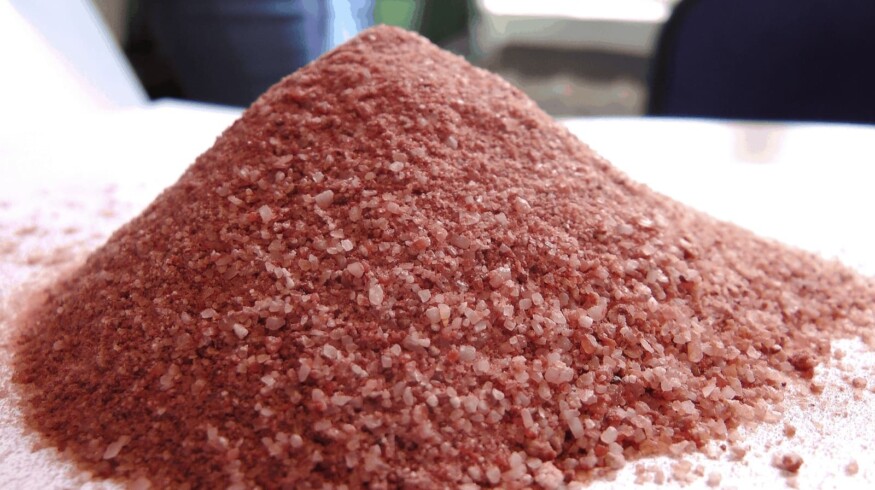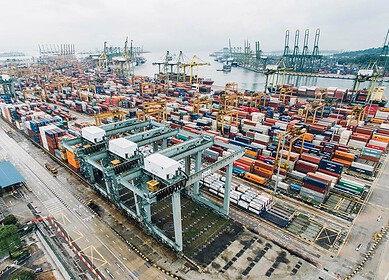Demand for potash fertilizers may go down

Uralkali lowered its forecast for global potash fertilizer demand in 2019 to 66 million tons from the previous 67-68 million tons, mainly due to weak demand in North and Central America amid adverse weather conditions in the first half of the year and declining profitability of palm oil production in South-Eastern Asia.
In the first half of 2019, the global potash fertilizer market remained stable compared to the nitrogen and phosphorus fertilizer markets. Overall, global demand was relatively steady. Despite the fact that prices have slightly adjusted downward compared to the level of the end of 2018, they remain above the level of the first half of 2018.
Latin America was ahead of other markets in terms of the growing demand for potash fertilizers amid growing exports of Brazilian soybeans due to the trade war between the US and China, and the favorable situation in Brazil’s agriculture. This year, the consumption of potash fertilizers in Latin America will be about 13.4 million tons, compared to 13.1 million tons in 2018.
In North America, adverse weather conditions led to a significant decrease in the amount of potassium added in the spring season and the accumulation of large reserves. Given the weak demand for potash fertilizers during the spring season, it is expected that by the end of the year it will decrease by 3-4% compared to 2018 and amount to about 9.5-9.6 million tons.
Demand for potash fertilizers in Europe, the Middle East, and Africa was stable throughout the first half of 2019. Consumption is projected to increase by 1-2% compared to the previous year and reach 13.3-13.4 million tons, mainly due to increased imports by African countries.
Throughout the first half of this year, the demand for potash fertilizers remained weak in Southeast Asia, and trade volumes in key markets were much lower than the traditional level amid persistently low palm oil prices. The demand currently seasonally low, although it should intensify by October and will be supported by the recent rise in palm oil prices.
In the first half of 2019, suppliers of potash fertilizers continued to ship contract volumes to China. As a result of the large volume of imports against the background of relatively weak consumption, significant reserves have accumulated in the ports of China, which may delay the conclusion of a new maritime contract for a later date and affect the volume of annual supplies.
In general, in 2019, the volume of supplies of potash fertilizers to China will increase by 1% compared to 2018 due to large volumes of imports and will amount to about 14.9-15.0 million tons.
Enjoyed this story?
Every Monday, our subscribers get their hands on a digest of the most trending agriculture news. You can join them too!














Discussion0 comments